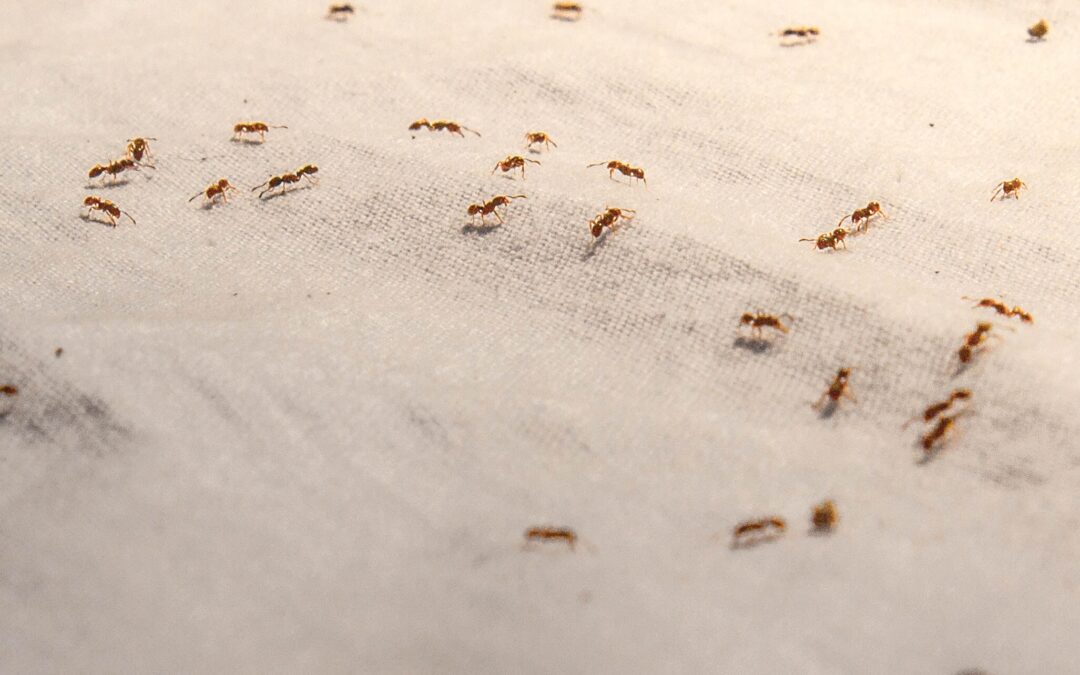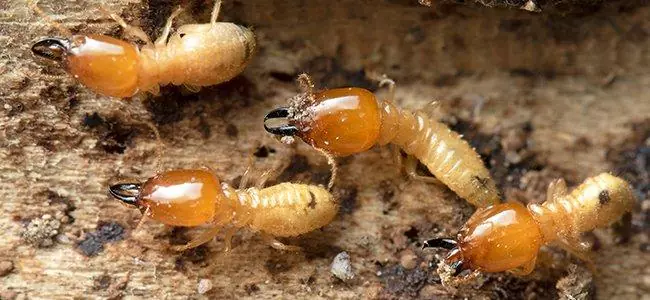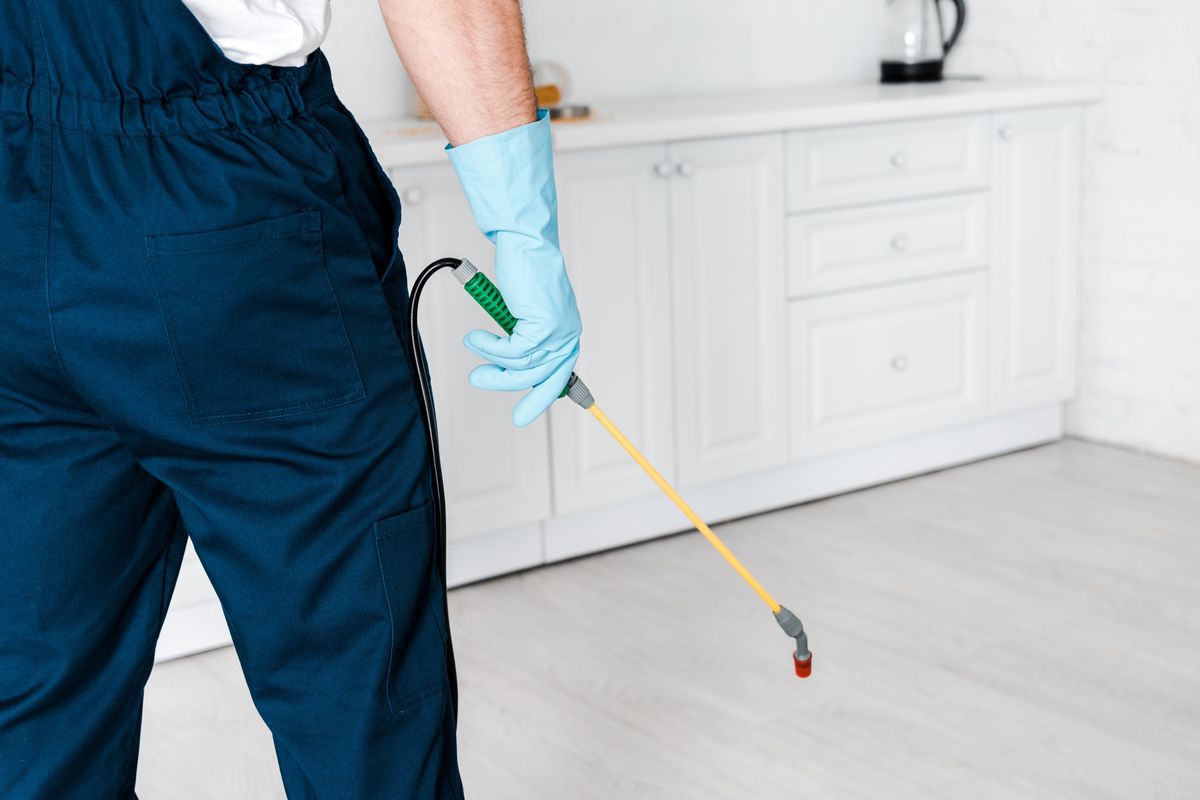Pest infestations are a common household problem that can lead to significant damage, health risks, and discomfort. From rodents and insects to birds and other nuisance creatures, these unwelcome guests can wreak havoc on your living spaces. In this blog, we’ll explore the pest control Perth, the risks they pose, and effective strategies for controlling and preventing them.
Signs of Pest Infestations:
- Droppings and Urine: The presence of droppings or urine is a clear indicator of a pest infestation. Rats, mice, cockroaches, and other insects often leave these behind in areas they frequent.
- Gnaw Marks: Chewed wires, furniture, and structural elements suggest the presence of rodents. Rats and mice, in particular, have a habit of gnawing on various materials to keep their teeth from growing too long.
- Nesting Materials: Piles of shredded paper, fabrics, or other materials in hidden corners can indicate nesting activities of pests.
- Strange Odors: Foul or musty odors that don’t have a clear source could be a sign of hidden pests. Dead animals, feces, and urine can all contribute to unpleasant smells.
- Visible Pests: Seeing the pests themselves, whether it’s cockroaches scurrying across the floor, ants marching in formation, or rodents darting around, is a sure sign of infestation.
- Damage to Food Packages: Holes or chew marks on food packaging can indicate pantry pests like beetles, moths, or rodents.
- Scratching Noises: Nocturnal pests like rodents often make scratching or scurrying noises during the night as they move around.
Risks Associated with Pest Infestations:
- Health Risks: Many pests carry disease-causing pathogens that can be transmitted to humans. Cockroaches, for example, can trigger asthma and allergies, while rodents can spread diseases like Hantavirus through their droppings and urine.
- Structural Damage: Pests like termites can cause extensive damage to the wooden structures of your home, compromising its integrity and leading to expensive repairs.
- Contaminated Food: Pantry pests can contaminate your food supplies, rendering them unsafe to consume.
- Allergies and Respiratory Issues: The presence of pests and their droppings can exacerbate allergies and respiratory issues, particularly in sensitive individuals.
- Decreased Property Value: An untreated pest infestation can lower the value of your property, making it more difficult to sell in the future.
Control Strategies:
- Regular Cleaning: Keep your living spaces clean and tidy. Regular cleaning removes potential food sources and hiding spots for pests.
- Sealing Entry Points: Identify and seal off potential entry points such as cracks, gaps, and openings in doors, windows, and walls.
- Proper Food Storage: Store food in airtight containers to prevent attracting pantry pests and rodents.
- Moisture Control: Fix leaks and reduce humidity to deter pests that thrive in damp environments.
- Professional Pest Control: In severe infestations, it’s best to seek professional help. Pest control experts can identify the type of pest, assess the extent of the infestation, and implement effective treatments.
- Natural Remedies: Consider using natural pest repellents like essential oils, diatomaceous earth, and vinegar sprays to deter pests.
- Regular Inspections: Conduct routine inspections of your property to catch and address any pest issues early on.
Conclusion:
Pest infestations are more than just a nuisance; they can pose serious health and property risks. By recognizing the signs of infestations, understanding the potential dangers, and implementing effective control strategies, you can safeguard your home and well-being from the harmful effects of pests. Regular maintenance, cleanliness, and vigilance are key to preventing and managing pest problems.
Read More: Foolproof Ways To Keep Roaches At Bay.




